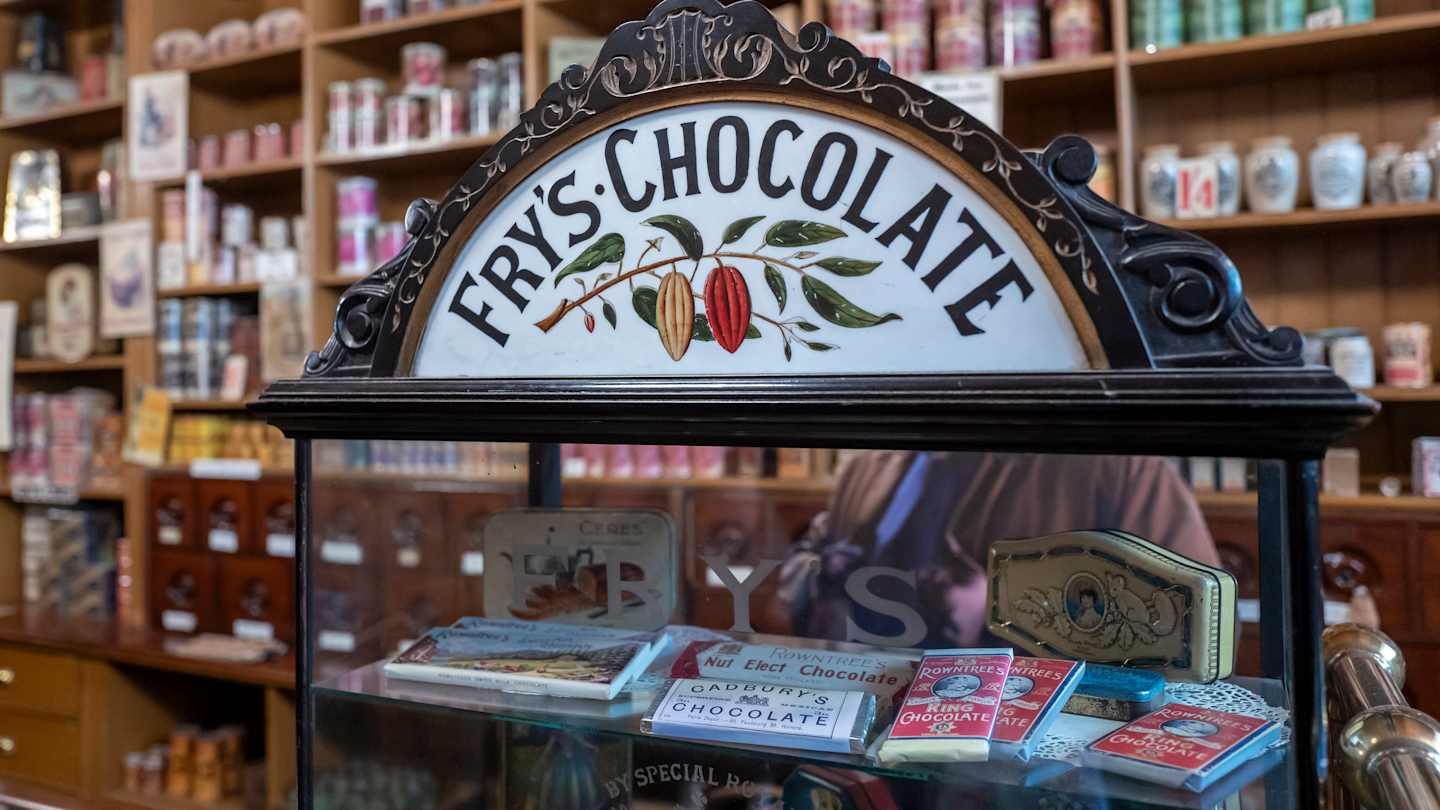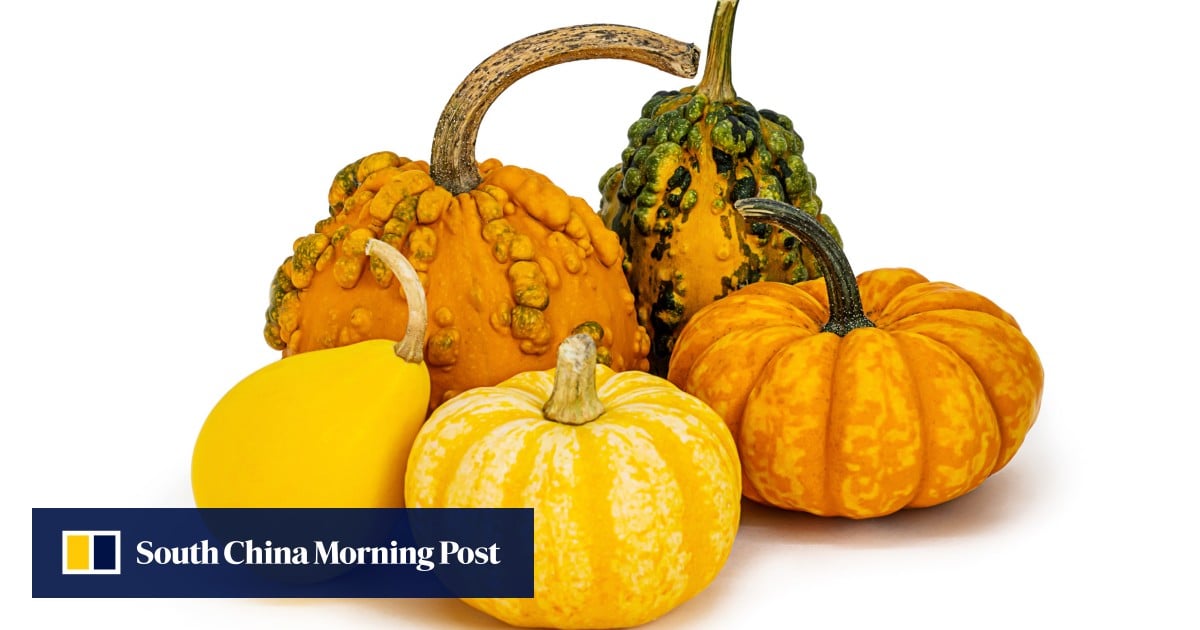Wellness practices and wellbeing awareness have become significant phenomenons in our fast-paced society, which all too often prioritizes quick rewards. As the current world trends emphasize the importance of mindfulness and self-care, the wellness industry is growing at stunning rates both domestically and globally. The wellness market in India, for instance, is projected to surpass the $72 billion mark by 2025. Meanwhile, in the protected oasis of the American wellness industry, the market has ascended to $480 billion, amplifying at a consistent rate between five to ten percent, annually.
Such is the prevailing impetus behind wellbeing that a staggering 82% of American consumers regard wellness as a primary or crucial component of their day-to-day lives. This sentiment isn’t limited solely to the US, as consumers in the United Kingdom and China report embedding wellness as part of their daily lives at 73% and 87%, respectively. The surge in the wellness trend is exceptionally evident amongst millenials and Generation Z, who are more inclined to purchase wellness goods and services, spanning aspects of health, sleep, nutrition, fitness, aesthetics, and tranquility.
One of the growing trends within the wellness sphere is the practice known as Cycle Syncing. Cycle syncing is, fundamentally, aligning one’s lifestyle and health practices with their menstrual cycle. This concept implores women to listen to their bodies and to truly understand what’s happening within their body. Rather than disregarding symptoms like mood swings, painful cramps, low energy or bloating as just a part of being female, cycle syncing gives women the power to track their cycle and adjust their wellbeing habits accordingly, thereby reducing their premenstrual syndrome (PMS), improving their mood and lowering stress levels.
Another rising wellness trend that has gained traction is vagus nerve stimulation, which targets the body’s main cranial nerve. This is a simple, but potent, method to regulate stress responses through techniques like deep breathing, mindfulness, and even humming, which activate the vagus nerve. As a robust solution to ordinary stressors, it facilitates tranquility by neutralizing the body’s fight-or-flight response. It is already garnering widespread attention across social media platforms and will likely become an integral part of relaxation practices as the wellness industry continues to prioritize mental health.
In a society plagued with overcommitment and constant exhaustion, we are seeing a tangible shift towards practices such as ‘dolce far niente’, an Italian concept which translates to ‘the sweetness of doing nothing’. This delightful method urges individuals to unplug from their busy schedules and simply soak in the moment, providing a pathway to true relaxation and emphasis on mindful self-care.
While the emphasis on natural wellness products remains, there is an increasing tide of consumers shifting towards clinically proven products. More than half of consumers in the UK and US have reported that clinical effectiveness is an essential consideration in their purchasing decisions. This trend is most noticeable in over-the-counter medicines and vitamins and supplements, whereas markedly, only about 20% of consumers placed importance on natural or clean ingredients.
‘Travel to rest and recharge,’ has emerged as a poignant trend, with sleeping tourists seeking out experiences explicitly built around sleep, such as sleep-oriented spa treatments. Sleep deficiencies are affecting productivity in a big way, as several studies have shown that a lack of sleep causes sleepiness during working hours.
Lastly, another intriguing wellness trend is the rise of Autonomous Sensory Meridian Response (ASMR). This calming sensation, typically triggered by gentle interpersonal moments, has gained popularity on social media platforms. While there is growing interest in ASMR, more rigorous scientific research is still required to fully understand the physiological nature of ASMR and its potential applications in relaxation and stress reduction practices.
In conclusion, the wellness industry is flourishing with innovative and unconventional methods to promote better health and wellbeing. As consumers become more aware of their health needs, we are likely to see even more creative solutions and strategies to harness the power of wellness in our everyday lives.



